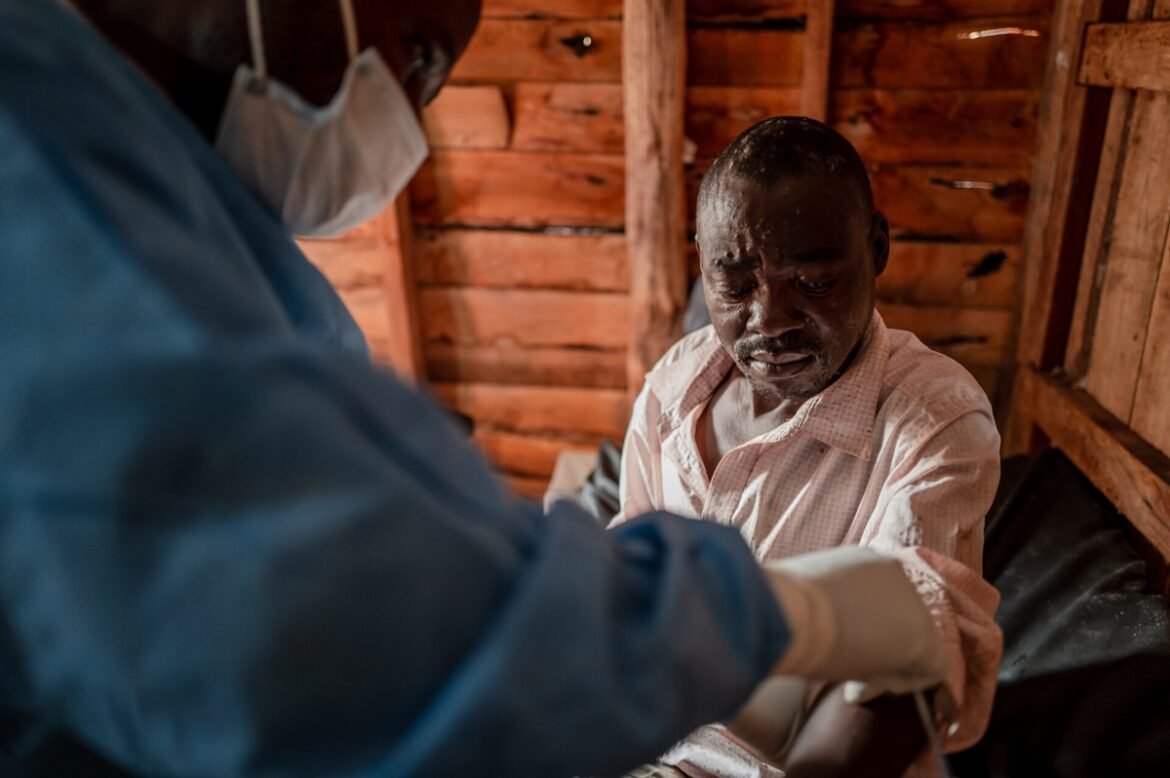The WHO Director‑General transmits the report of the fourth meeting of the IHR (2005) Emergency Committee on the upsurge of mpox 2024, held on Thursday, 5 June 2025, from 12:00 to 17:00 CEST. The Committee unanimously advised that the mpox upsurge continues to meet the criteria for a Public Health Emergency of International Concern (PHEIC), and accordingly on 9 June 2025 issued temporary recommendations to States Parties.
Proceedings of the meeting
Sixteen Committee Members and two Advisors participated (14 members + 2 advisors present). The Director‑General joined in person, and invited State Party representatives from Burundi and the Democratic Republic of the Congo presented their views. The Committee was briefed on roles, responsibility for declaring interests, and confidentiality rules; no conflicts were reported.
Epidemiological overview
WHO Secretariat presented the global mpox situation:
- Most cases over the past year remain in Africa, driven by MPXV clade Ib in East Africa (including DRC) co‑circulating with clade Ia.
- Sierra Leone experienced a rapidly evolving outbreak driven by clade IIb.
- Outside Africa, ongoing monthly reports (~500–1000 cases) mainly reflect clade IIb transmission among men who have sex with men (MSM).
Country-specific trends:
- DRC: Trends stabilizing or declining in most provinces where clade Ib circulates; Kinshasa shows clustered transmission among young adults with co‑circulation of clades Ia and Ib.
- Burundi: Steady decline since late 2024; cases now concentrated in a few hotspots after initial spread from Bujumbura to Gitega.
- Uganda: National decline since mid‑February 2025, especially in Kampala, although testing limitations warrant cautious interpretation.
- Kenya: Low-level cases with a recent upward trend; under‑reporting likely; transmission associated with mobile populations.
- Sierra Leone: Clade IIb outbreak peaked in Freetown with higher reproduction number than previously observed in Kinshasa or Kampala; recent decline in cases likely due to natural immunity and interventions; transmission remains urban and among young adults.
Travel‑associated cases are declining but still a concern, with recent clade Ib infections detected in Australia linked to exposure in Thailand.
Risk assessment and Committee rationale
The Committee unanimously agreed the mpox upsurge continues to constitute a PHEIC. Key considerations:
- Complex and evolving epidemiological patterns across multiple clades;
- Uncertainty over funding availability and strategic planning challenges;
- Need for coordinated international response given virus evolution, sustained community transmission, disproportionate burden among children, and health system vulnerabilities.
Committee emphasized the urgency of genomic surveillance, strengthened non‑pharmaceutical interventions, and evidence‑based vaccine deployment.
Conclusions and next steps
- Committee endorsed the Secretariat’s proposal to hold an informal technical meeting to help countries prioritize response measures tailored to their epidemiological context.
- Final recommendations were extended from those issued on 27 February 2025, with emphasis on non‑pharmaceutical interventions and strategic vaccine deployment.
- Committee agreed to provide feedback on draft temporary recommendations on 6 June 2025, with final report completed during the week of 9 June 2025.
